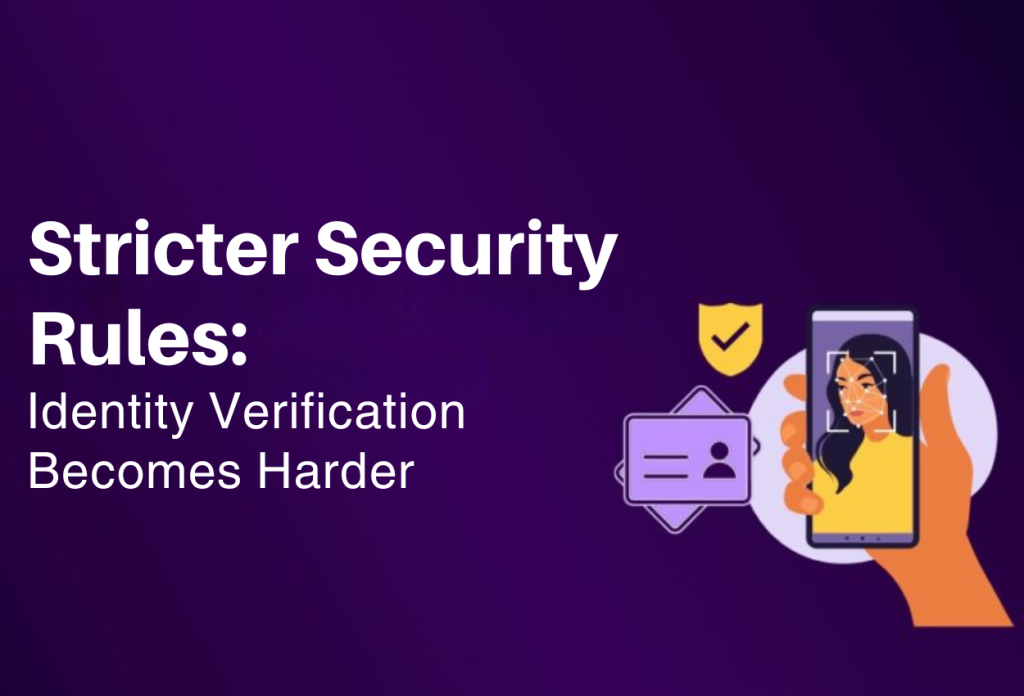Millions of Americans are about to see significant shifts in their Social Security benefits as new policies roll out in early 2025. Some retirees will celebrate the repeal of old restrictions, leading to retroactive payments and higher monthly benefits.
However, others could face unexpected hardships due to revived overpayment policies and stricter claim procedures. If you rely on Social Security, these changes could directly impact your finances, so understanding what’s ahead is crucial.
Here’s a deep dive into what’s changing, who benefits, and who may struggle under the new rules.
Retroactive Payments: More Money for Public Sector Retirees

One of the most exciting changes is the Social Security Fairness Act, which repealed the Windfall Elimination Provision (WEP) and Government Pension Offset (GPO). These two rules had reduced or eliminated Social Security benefits for public-sector workers like teachers, police officers, and firefighters who had pensions outside of Social Security.
With these restrictions gone, retirees affected by WEP and GPO will receive a lump-sum payment covering benefits they should have received since January 2024.
The Social Security Administration (SSA) has already begun issuing retroactive payments, totaling over $7.5 billion to more than 1.1 million retirees. On average, affected individuals are receiving a one-time payout of $6,710.
By April 2025, retirees will also see permanent increases in their monthly checks. Depending on their pension size and past deductions, some could gain hundreds or even thousands of dollars more per month.
For those impacted by WEP and GPO, this is a major financial boost, finally correcting what many saw as unfair reductions in their earned benefits. If you fall into this category, you should receive your lump sum soon, with your new higher monthly payments starting in April.
Social Security Overpayments: 100% Withholding Returns
While some retirees will see financial relief, others may face unexpected hardship. The SSA is reinstating its 100% withholding policy for Social Security overpayments. This means that if the agency determines you were mistakenly overpaid in the past, it can withhold your entire Social Security check each month until the debt is repaid.
During the pandemic, the government limited repayment deductions to 10% of monthly benefits to prevent financial distress. However, this restriction is ending on March 27, 2025, which means some seniors may suddenly lose their entire benefit check.
The policy change has sparked concerns among elder advocates, as many overpayment cases stem from administrative errors rather than fraud. Some retirees unknowingly received excess payments due to SSA’s complex reporting system, and now they might face financial instability as their benefits are clawed back.
If you receive an overpayment notice, act quickly. Contact SSA to request a waiver or set up a payment plan to avoid a total loss of benefits.
Stricter Security Rules: Identity Verification Becomes Harder

Another major policy shift will impact how retirees access their benefits. Starting March 31, 2025, SSA is rolling out tighter identity verification procedures. While initially considering a ban on phone-based benefit applications, the agency has instead decided to restrict certain transactions over the phone, including changing direct deposit details.
This move is meant to combat fraud, but it could create serious challenges for older Americans who lack internet access or have mobility issues. Individuals who cannot verify their identity online may have to visit a Social Security office in person. For some, this could lead to significant delays in receiving benefits.
If you rely on Social Security and prefer handling claims by phone, be prepared for these new restrictions. It may be necessary to visit a local SSA office to update or access your benefits.
Potential Future Cuts: Social Security Numbers Under Scrutiny
One of the most controversial proposals currently under consideration is a potential ban on payments to beneficiaries without a Social Security number. If implemented, this could impact thousands of retirees and low-income individuals who receive benefits but lack an SSN, including some survivors and dependents.
Although this policy hasn’t been officially enacted, it reflects a growing trend toward tightening Social Security regulations. With ongoing debates about the program’s financial sustainability, more changes may be on the horizon.
The Bottom Line: What You Need to Do
Early 2025 marks a critical turning point for Social Security. While some retirees will see bigger checks and long-overdue payments, others may lose benefits due to overpayment claims or new verification requirements.
Here’s what you can do to stay prepared:
- Check your benefit status – If you were affected by WEP/GPO, expect retroactive payments soon.
- Monitor your SSA account – Ensure your information is up to date to avoid issues with new verification rules.
- Act fast if you receive an overpayment notice – Contact SSA to negotiate a payment plan or waiver before your benefits are cut off.
With these significant changes ahead, staying informed and proactive will help you navigate the evolving Social Security landscape in 2025.




